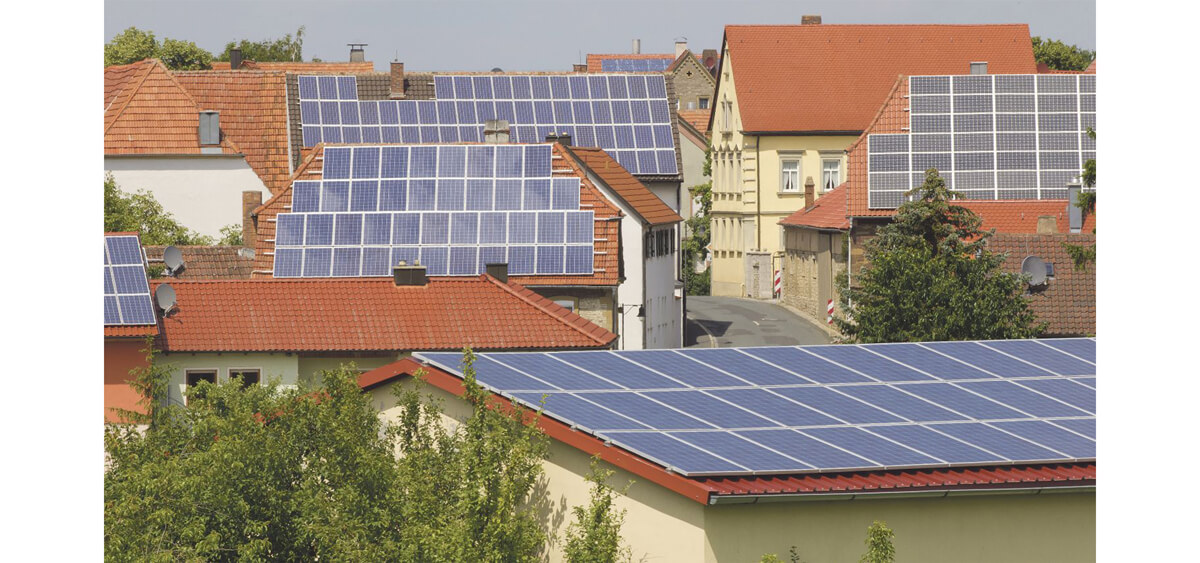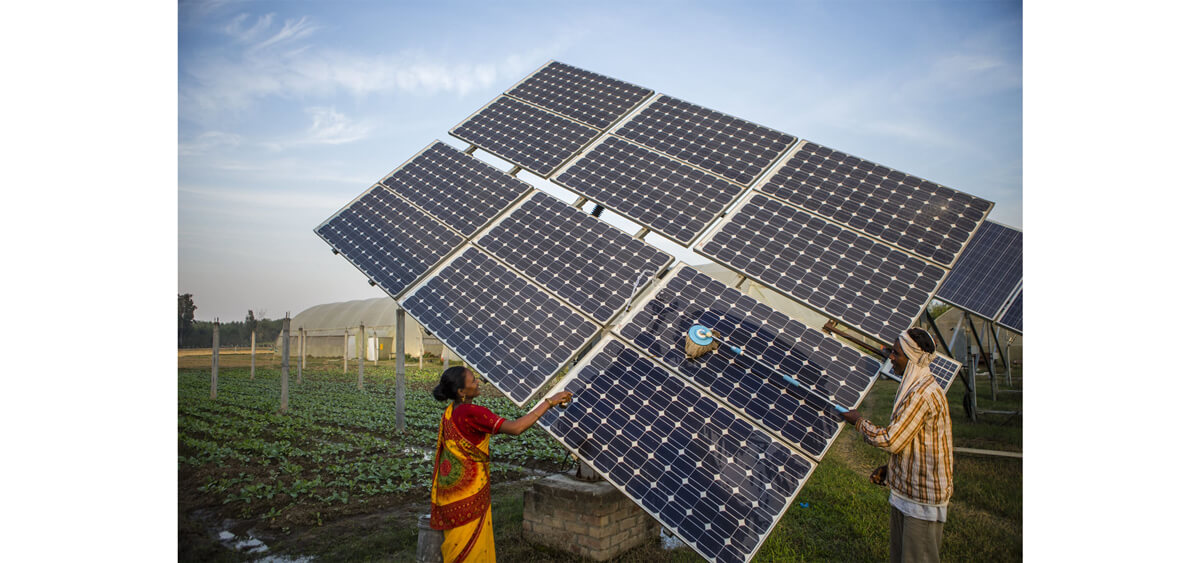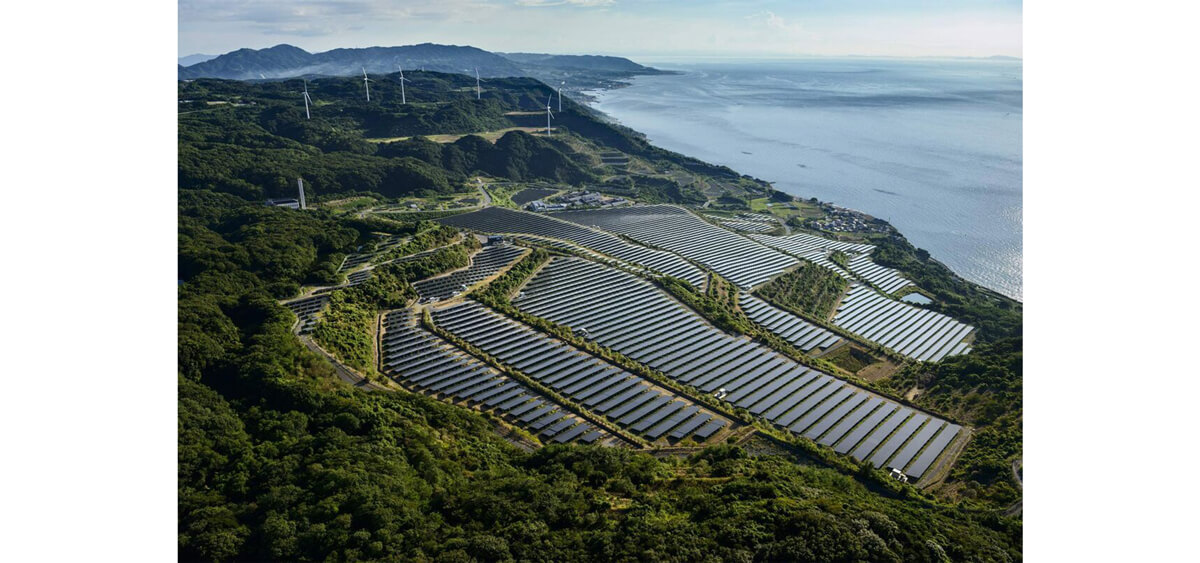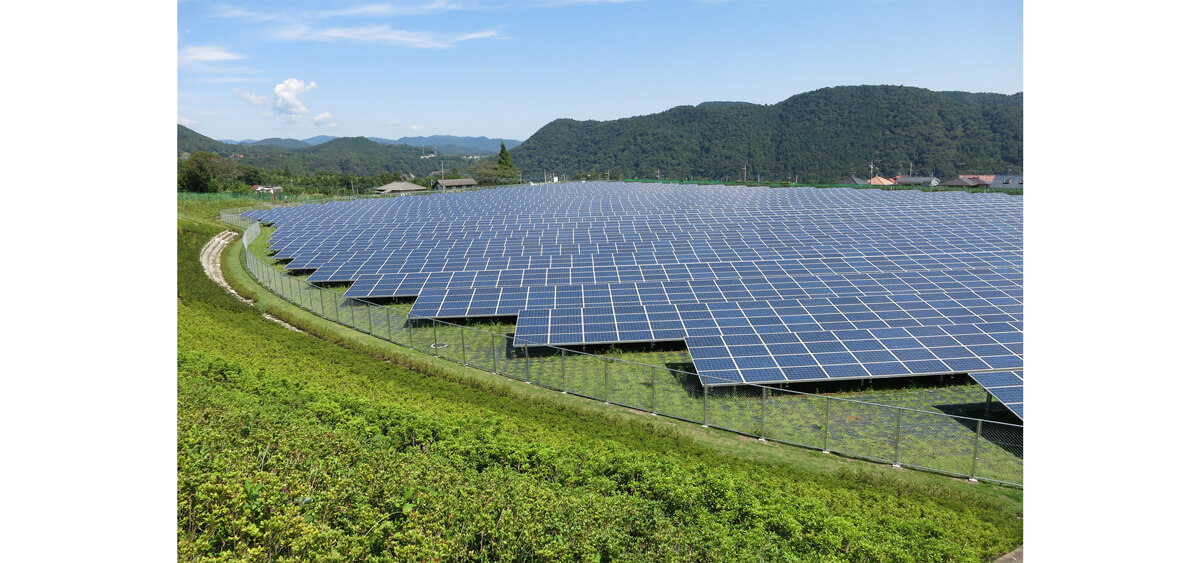In an era characterized by the growing concern over climate change and the need for sustainable energy sources, the utilization of solar energy has emerged as a prominent solution. Harnessing the power of the sun provides an environmentally friendly and renewable alternative to fossil fuels. As nations strive to transition to clean energy, it is essential to evaluate which countries are leading the way in embracing solar power. This essay aims to explore the countries that have made significant strides in utilizing solar energy most extensively and the factors contributing to their success.

1. Germany:
Germany has been a global frontrunner in solar energy adoption. Despite its geographical location, which does not receive abundant sunlight, Germany has consistently demonstrated a strong commitment to renewable energy. The country's success in solar power can be attributed to its innovative policies, financial incentives, and comprehensive infrastructure development. The feed-in tariff system introduced in 2000 ensured favorable conditions for solar energy producers, enabling widespread adoption. Furthermore, Germany's investment in research and development, coupled with robust manufacturing capabilities, has allowed for continuous technological advancements in solar energy.

2. China:
China has rapidly emerged as a global leader in solar energy production and deployment. With its colossal population and substantial energy demands, China recognized the need to diversify its energy sources and combat air pollution. Through significant investments in manufacturing, research and development, and policy support, China has established the largest solar power capacity in the world. The country's commitment to expanding its solar sector, coupled with economies of scale and aggressive pricing strategies, has enabled it to dominate the global solar market. China's government-led initiatives, such as the Top Runner Program, have played a crucial role in promoting solar adoption and pushing technological boundaries.

3. United States:
The United States has been a driving force in solar energy development and deployment. With vast land resources and a favorable regulatory environment, the country has made significant progress in harnessing solar power. Several states, such as California, Texas, and Florida, have implemented ambitious renewable energy targets, spurring widespread solar installation. The federal investment tax credit (ITC) and other incentives have also incentivized individuals and businesses to adopt solar energy. Moreover, the United States has been at the forefront of solar innovation, with numerous research institutions and companies dedicated to advancing solar technologies.

4. India:
India has emerged as a global leader in solar energy due to its commitment to scaling up renewable energy capacity. The country's ample solar resources, coupled with its ambitious renewable energy targets, have propelled its solar industry forward. India's Jawaharlal Nehru National Solar Mission (JNNSM) aims to achieve 100 GW of solar power capacity by 2022, encouraging massive investment in solar infrastructure. The government's auction mechanisms and financial incentives have attracted both domestic and foreign investments, resulting in substantial solar installations across the country. Additionally, India's emphasis on rural electrification through solar power has contributed to its extensive utilization of solar energy.

5. Japan:
Japan has emerged as a leading nation in solar energy adoption, despite its limited land resources. Following the Fukushima nuclear disaster in 2011, Japan shifted its focus towards renewable energy, with solar power being a key component of its energy transition. The country has implemented generous feed-in tariff schemes, which have encouraged homeowners, businesses, and local governments to invest in solar installations. Japan has also prioritized research and development in solar technologies, resulting in the development of advanced solar panels and storage systems. Furthermore, the government's commitment to integrating solar power into the grid has facilitated the widespread adoption of solar energy across the country.

6. Australia:
Australia boasts abundant solar resources, making it an ideal candidate for extensive solar energy utilization. The country has experienced significant growth in its solar industry, both in residential and utility-scale installations. Australia's favorable policies, such as feed-in tariffs and renewable energy targets, have incentivized the adoption of solar power. Additionally, the declining costs of solar panels and battery storage systems have made solar energy more accessible to households and businesses. Australia's vast rural areas have also seen the implementation of large-scale solar farms, contributing to the country's overall solar energy capacity.

7. Spain:
Spain has been at the forefront of solar energy adoption in Europe. The country's commitment to renewable energy was evident in its feed-in tariff system implemented in the early 2000s, which kick-started a boom in solar installations. While Spain faced challenges with the subsequent economic crisis and policy changes, it remains one of the leading solar power nations. The country's favorable climate, ample sunshine, and vast land resources have facilitated the development of large-scale solar farms. Furthermore, Spain's commitment to renewable energy targets and the development of innovative solar technologies continues to drive the expansion of its solar industry.

8. Italy:
Italy has made substantial progress in utilizing solar energy extensively. The country's geographical location provides ample solar resources, making it an attractive destination for solar power generation. Italy implemented feed-in tariffs, resulting in a significant surge in solar installations, particularly in residential and commercial sectors. The government's commitment to renewable energy, combined with the declining costs of solar panels, has contributed to Italy's impressive solar energy capacity. Additionally, Italy's integration of solar power into its historic and architectural landscapes has showcased the country's innovative approach to renewable energy.
Solar energy has become an indispensable part of the global energy transition, providing a clean and sustainable alternative to traditional fossil fuels. While numerous countries have made commendable efforts in harnessing solar power, Germany, China, the United States, and India stand out as pioneers in their extensive utilization of solar energy. These nations have demonstrated their commitment to renewable energy through favorable policies, financial incentives, technological innovation, and large-scale infrastructure development. As the world seeks to address the challenges of climate change and achieve energy sustainability, these countries serve as beacons of inspiration and valuable case studies for others looking to embrace solar power extensively. By continuing to prioritize solar energy, nations can contribute to a greener and more sustainable future for generations to come.
As the world shifts towards sustainable energy sources, several countries have emerged as leaders in utilizing solar energy most extensively. Germany, China, the United States, India, Japan, Australia, Spain, and Italy have all made remarkable strides in adopting solar power. These nations have demonstrated a strong commitment to renewable energy, implementing favorable policies, promoting research and development, and investing in infrastructure. Through their success, they inspire and provide valuable lessons for other countries seeking to harness the potential of solar energy. By further expanding their solar capacities and sharing their knowledge and experiences, these countries contribute to a greener and more sustainable future for the entire planet.













